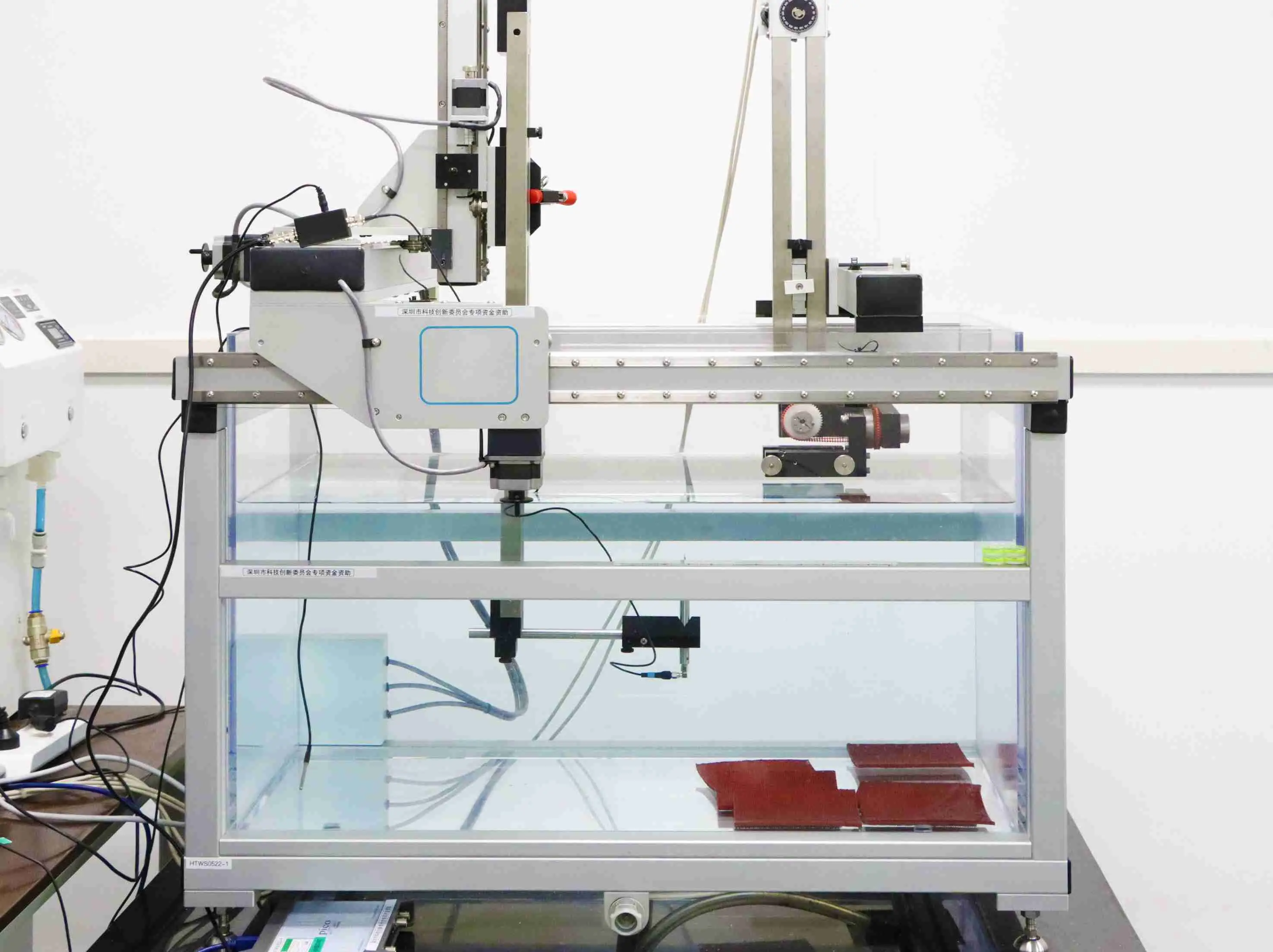
Which products require a UL4200A report?
Currently, products containing button or coin batteries that are listed on Amazon and other e-commerce platforms need to comply with the ul4200a standard and upload a gcc certificate, ul4200A report, and warning labels.
The UL4200A report mainly targets consumer products that contain button or coin batteries, particULarly focusing on the potential physiological hazards these batteries might cause. Below is a detailed summary of the products targeted by the UL4200A report:

Product Types:
- Household Products: Including remote controls, weight scales, remote switches, doorbells, electric ear cleaners, electric pens, electronic watches, electronic bracelets, light-up balls, calculators, pet glow collars, and other products that might contain or use button or coin batteries.
- Consumer Products: Apart from products specifically using zinc-air battery technology, other consumer products containing button or coin batteries are also subject to this standard.
- Toy Products: However, it should be noted that toy products that comply with the battery accessibility and labeling requirements of ASTM F963 "Standard Consumer Safety Specification for Toy Safety" are not included.
- Professional or Commercial Use Products: Products intended for specialized purposes and not meant to be used in areas accessible to children are exempt.
Definition of Button or Coin Batteries:
Consumer (household) products equipped with button lithium batteries that have a diameter ≤ 32mm and a diameter greater than their height.
Structural Requirements:
- Products should be designed to minimize the risk of children removing, ingesting, or inhaling the battery.
- The battery compartment must be secuRED, requiring tools or at least two independent and simultaneous hand movements to open.
- The battery should not be accessible.
Testing Requirements:
- Abuse Testing: Portable products should be dropped three times, and handheld products should be dropped ten times (each time from a height of 1 meter onto a hard horizontal surface).
- Crush Testing: Apply a force of 330N to the exposed surface for 10 seconds using a flat surface approximately 100mm x 250mm.
- Retention Testing: For batteries "not intended to be moved or replaced by the user," use a hook and apply an outward force of 20N for 10 seconds; the battery must not be separated.
The purpose of the UL4200A report is to ensure that these products do not allow children to access the batteries under normal and abusive conditions, thereby reducing the risk of children accidentally swallowing or ingesting the batteries. This standard, adopted by the U.S. Consumer Product Safety Commission (CPSC), is a mandatory safety standard in the U.S. for products containing button batteries.
For inquiries and assistance with obtaining the gcc certificate and UL4200A report for button batteries, please contact hello@jjrlab.com.
Email:hello@jjrlab.com
Write your message here and send it to us
 Bluetooth Headphones Exported to Australia Certifi
Bluetooth Headphones Exported to Australia Certifi
 What Certifications for Router Products Exported t
What Certifications for Router Products Exported t
 TIC (Power Bank UL 2056, Portable Power Station UL
TIC (Power Bank UL 2056, Portable Power Station UL
 How to get EN 18031 Certification for Wireless Pro
How to get EN 18031 Certification for Wireless Pro
 PSE, TELEC and VCCI Compliance for Cameras Exporte
PSE, TELEC and VCCI Compliance for Cameras Exporte
 NOM & IFT Compliance for Audio Equipment Expor
NOM & IFT Compliance for Audio Equipment Expor
 FCC, CE & EMC Compliance for Printers Exported
FCC, CE & EMC Compliance for Printers Exported
 Canadian Rug Flammability Testing
Canadian Rug Flammability Testing
Leave us a message
24-hour online customer service at any time to respond, so that you worry!




